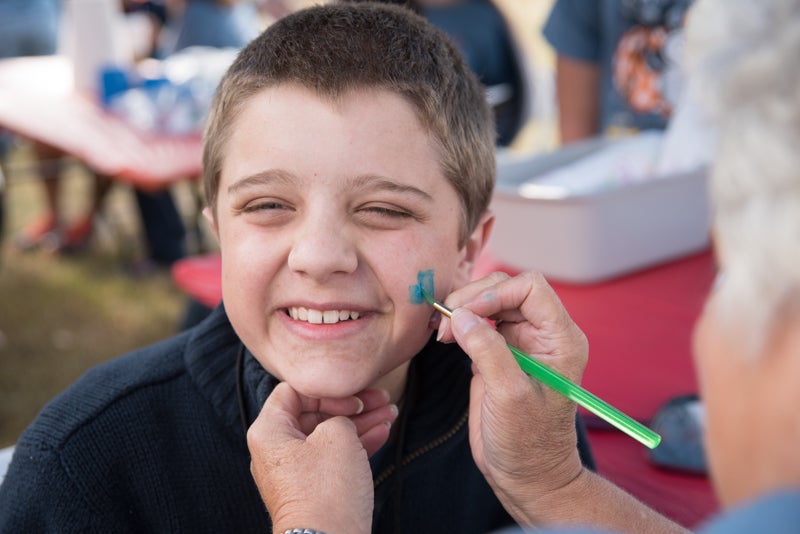Gagaku troupe to visit sister city
Published 12:00 am Tuesday, August 5, 2003
Special to the Reporter
A 19-member Gagaku troupe will perform at the University of Montevallo on Monday, Aug. 11 at 7 p.m. in LeBaron Recital Hall.
Gagaku, Japanese Imperial Court music, is Japan’s oldest traditional music, dating back 1,400 years, when music and dances were brought to Japan from the Korean peninsula and the Asian continent.
For the next 300 years, the music and dances were fused with Japan’s ancient songs and singing styles and accompanied by simple dances to form Gagaku.
Originally performed only at the Imperial Court, shrines or temples for special ceremonies, Gagaku has been open to the public for only 100 years.
Opportunities for most Japanese people to enjoy live Gagaku music and dances are still rare.
For more than 1,000 years, Gagaku has kept its original style, handed down from one generation to the next by professional music families in the country’s official music organization.
Though passed down under the protection of the Imperial Court, many Gagaku pieces have become lost or extinct during the years.
Now under the supervision of the music department of the Imperial Household Agency, the collection contains about 170 pieces.
The Gagaku’s groups performance in Montevallo is yet another link in the sister-city relationship between Montevallo and Miyazaki, Japan.
Traveling with the group will be Miyazaki’s mayor Kimura and his interpreter. During their time here, they will meet with city officials and education administrators, to whom they will propose the continued development of the relationship between the two communities as well as the possibility of forming an exchange program for the school system.
The 50-minute Gagaku program, which will also be performed at the Birmingham Museum of Art, will include nine parts.
The first part, Hyojonetori, is a short prelude used to tune instruments for the following composition.
The second part, Goshoraku, is said to be composed by Taiso during the Tang Dynasty in China. It consists of five parts: benevolence/charity, justice/morality, courtesy, intelligence and faith. Its graceful melody is often performed at congratulatory ceremonies.
Next is the Bairo, a famous work of Rin-yugaku brought to Japan in AD 736, the eighth year of Tenpyo Era, by Bu-tetsu, a monk. Often played at war camps, this composition is said to have brought victory.
The fourth part, Etenraku, is graceful and is the most popular Gagaku in Japan. It is mainly performed on happy occasions such as weddings.
The fifth portion, Kogakuranjo, is played only by wind instruments. Played in rounds, it sounds like birds singing.
The sixth part, Karyobin, was introduced from China by a Japanese envoy to China during the Tang Dynasty, about 1,200 years ago. It is one of few dances performed by children.
Next is the Ichikochonetori, a short prelude used to tune instruments for the following composition.
The eighth portion of the program, Shinraryo-onokyu, is also called Bairo-nokyu because it used to have two pieces, Ha and Kyu, accompanied by a dance. Unfortunately, both Ha and the dance became extinct. This piece has an enchanting melody and a good tempo and is sometimes played when people leave their seats at the end of ceremonies.
The ninth and final part is called Konjunoha. Known for its tempo, it was introduced to Japan during the eighth year of the Tenpyo Era (AD 736) by the monk Bu-tetsu.
The name of the composition means that a man in Kokoku (north of China) gets drunk and plays this piece.
The event is free and open to the public.
For information, call Ted Metz at 665-7469 or email metzt@montevallo.edu






